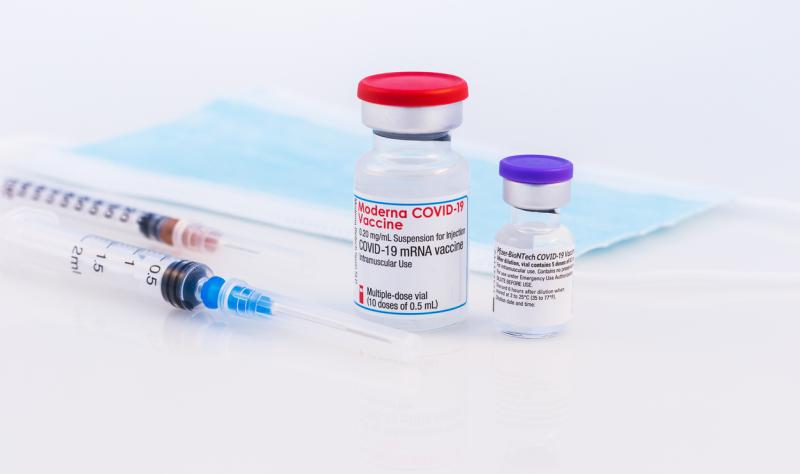Science Sherlock: Has Boston University Really Developed a Lethal COVID Strain with 80% Kill Rate?



Representational Image
(IANS)
The world was in a tizzy after news began to circulate that Boston University had, for some odd reason, created a “new deadly coronavirus strain with an 80% kill rate” — as if the virus itself hadn’t caused enough problems already.
UK’s DailyMail first broke the news, and other media outlets then took it forward. However, this wasn’t even close to the reality of the situation, and is another prime example of inaccurate and sensational science reporting.
Here’s what the Boston University research actually did
Scientists from Boston University’s National Emerging Infectious Diseases Laboratories (NEIDL) wanted to determine which part of the virus particles helped it drive the severity of the disease. Being privy to such information allows scientists to develop targeted and more effective diagnostics and vaccines.
Many had previously thought that the coronavirus’ spike proteins were a likely candidate. They were also perplexed that the Omicron BA.1 variant wasn’t infecting the same cells as the initial strain (also called the ‘Washington’ strain).
To test whether the new strain was truly more virulent because of its spike proteins, the researchers armed the Washington strain with Omicron BA.1’s spikes. Now, if this hybrid virus displayed a higher disease severity, that would indicate that the new spike proteins had a significant role and speculations were correct.
However, the results were anything but favourable to the spike protein theory. While the ancestral Washington virus had killed 100% of the mice it infected, the hybrid could only kill about 80% of them. It was a failure compared to its ancestor, and scientists now knew that the spike protein wasn’t necessarily the driving factor behind Omicron’s enhanced virulence over the original strains.
This was a huge discovery for science, but somehow, media sensationalism robbed Boston University scientists of the credit they deserved.
In addition, the initial report also mentioned that the study was “gain-of-function”. In layperson’s terms, in this context, it means scientists genetically enhanced the virus to make it more dangerous. But as we now know, that was not the case, and the experiment had the opposite effect.
Furthermore, the mice used in the study weren’t even humanised, meaning they didn’t even exhibit human being characteristics. Instead, they used a particular type of mice highly susceptible to the original strain.
“The animal model that was used was a particular type of mouse that is highly susceptible, and 80 to 100 per cent of the infected mice succumb to disease from the original strain, the so-called Washington strain,” said NEIDL Director Robert B. Corley. “Whereas Omicron causes a very mild disease in these animals.”
This work was consistent with much other research by the US Food and Drug Administration, showing that Omicron’s spike protein isn’t the driving factor behind its pathogenicity.
Further, the laboratory at Boston University’s National Emerging Infectious Diseases Laboratories has an extensive system of checks, so if somehow the virus managed to escape, there is little chance it will get to see the light of day. The lab — one of 13 biosafety level 4 labs in the US — is fitted with multiple interlocking doors and sophisticated filtration and decontamination technologies.
“We take our safety and security of how we handle pathogens seriously, and the virus does not leave the laboratory in which it’s being studied,” said Corley. “Our whole goal is for the public’s health. And this study was part of that, finding what part of the virus is responsible for causing severe disease. If we can understand that, we can then develop the tools that we need to develop better therapeutics.”
The research was published in bioRxiv and can be accessed here.
**
For weather, science, space, and COVID-19 updates on the go, download The Weather Channel App (on Android and iOS store). It’s free!



